Mito City, the prefectural capital of Ibaraki Prefecture located in the northeast of the Kanto Plain, is famous for "Mito Komon" and "Kairakuen". In this castle town that prospered as the Mito Domain during the Edo period, not only you can visit popular historical spots, but you can also experience its nature, art, seasonal flowers and greenery all at once. Here are the best places to visit in Mito for your next trip.
Mito is a city full of historical spots
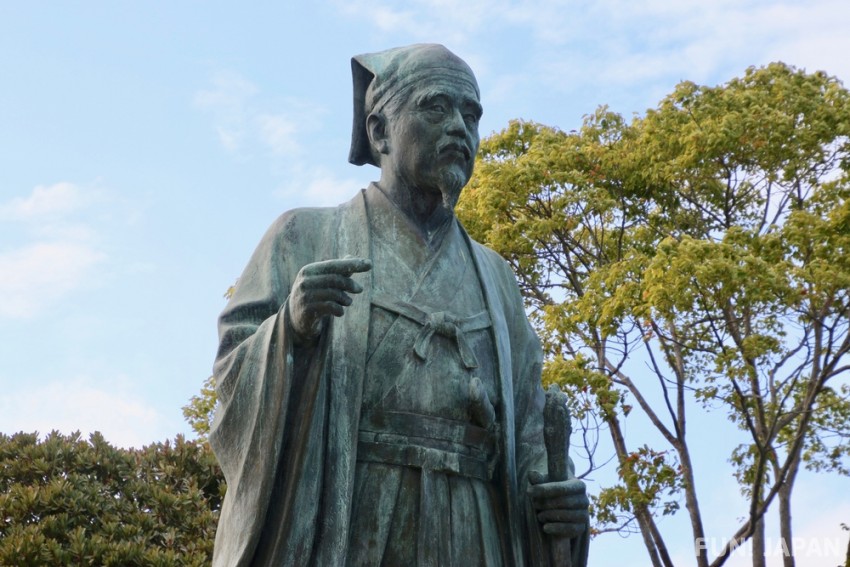
In Japan, Mito is known as the land ruled by Tokugawa Mitsukuni (徳川光圀), the main character of the national drama "Mito Komon". The Mito Tokugawa family, where Tokugawa Mitsukuni was born, is one of the "Tokugawa Gosanke (the most noble three branches of Tokugawa clan of Japan)", which has a family status next to the shogun family in the Edo Shogunate. For this reason, there are many sightseeing spots with high historical value.
Mito City is about 100km from Tokyo, and can be reached in about two hours by train or highway bus.
Must-see spots when visiting Mito
Kairakuen
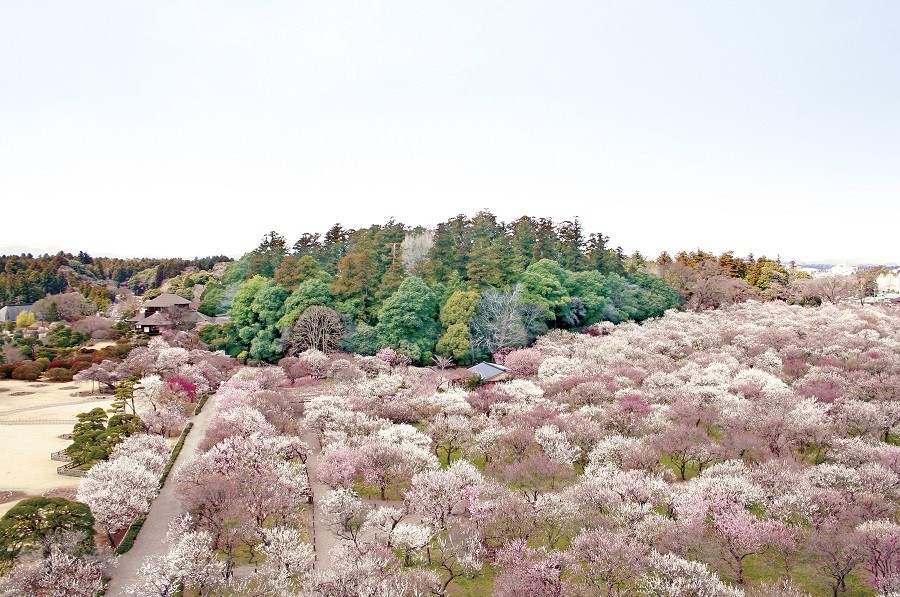
"Kairakuen" (偕楽園), which is counted as one of Japan's Three Great Gardens, is famous for its plum blossoms. It was built by Tokugawa Nariaki, the 9th feudal lord. The name Kairakuen contains the desire to make it a place where people can enjoy themselves together.
Spot Information
- Spot name: Kairakuen (偕楽園)
- Address: 1-3-3 Tokiwacho, Mito City, Ibaraki Prefecture
- Business hours:
- Mid-February to September 30: 06:00-19:00
- October 1st to mid-February: 07:00-18:00
- Closed: none
- Access: About 20 minutes by bus from the north exit of JR Mito Station, get off at "Kobuntei Omote--mon", "Kairakuen Higashi-mon", or "Kairakuen-mae", then walk for about 3-5 minutes
Mito Castle Ruins
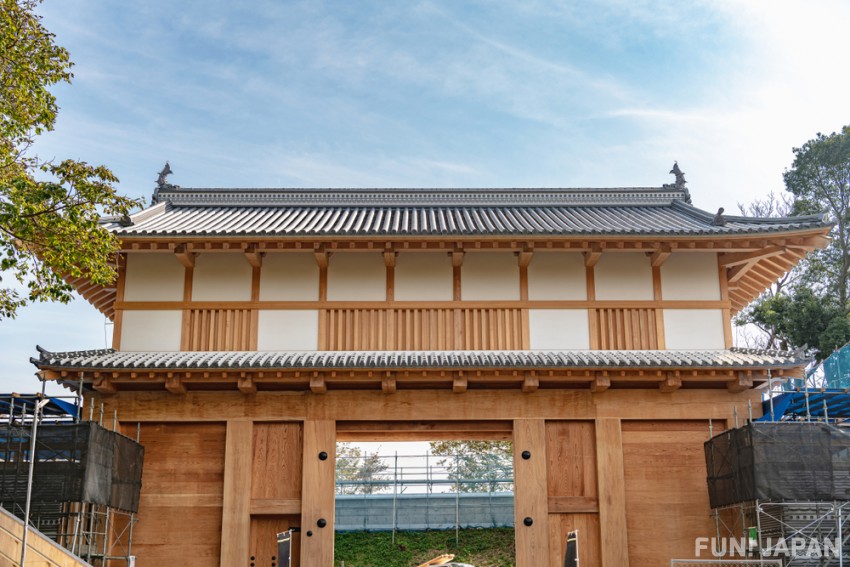
The history of the castle began at the end of the Heian period (794 - 1185). During the Edo period (1603 - 1868), it was the residence of the Mito Tokugawa family. Although it does not have a castle tower or stone walls, it is one of the largest earthen castles in Japan, consisting of earthworks and dry moats. It was destroyed by fire in 1945, whereas the domain school Kodokan and Yakuimon gate still remain to this day, providing a glimpse of what it looked like back then.
Spot Information
- Spot name: Mito Castle Ruins (location of Ninomaru Exhibition Hall)
- Address: 2-9-22 Sannomaru, Mito City, Ibaraki Prefecture
- Access: About 10 minutes on foot from JR Mito Station North Exit
Kodokan
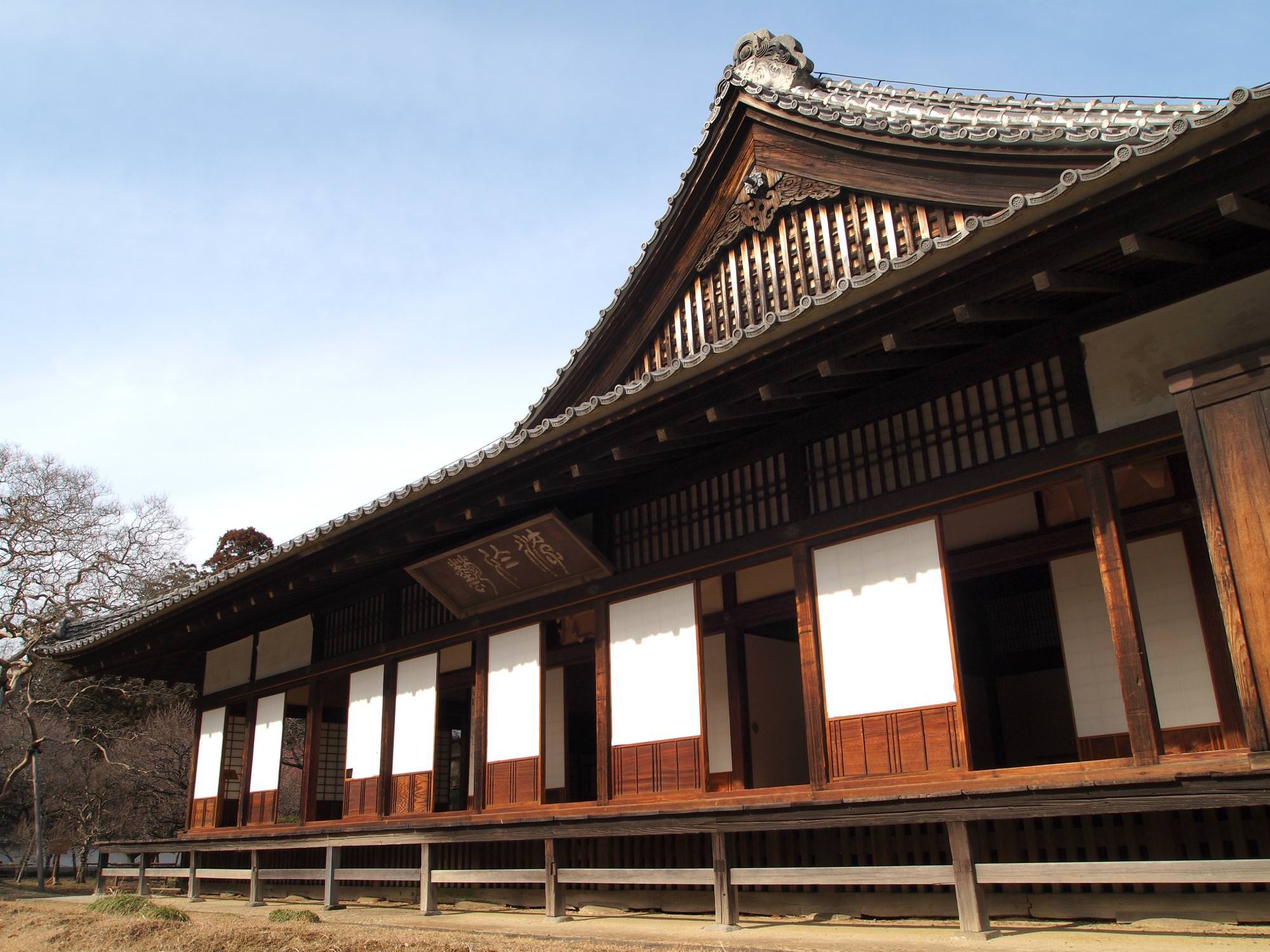
Kodokan is not only the largest clan school in Japan, founded by Tokugawa Nariaki, but it is also the birthplace of Mitogaku (水戸学 - Mito's style of learning), which became the spiritual driving force behind the Meiji Restoration, and a sacred place for patriots at the end of the Edo period. Tokugawa Yoshinobu, the biological son of Nariaki and the last shogun of the Edo Shogunate, also studied here during his childhood.
Spot Information
- Spot name: Kodokan (弘道館)
- Address: 1-6-29 Sannomaru, Mito City, Ibaraki Prefecture
- Business hours:
- February 20 - September 30: 09:00 - 17:00
- October 1 - February 19: 09:00 - 16:30
- Closed: December 29 to December 31
- Admission fee: 400 yen for adults, 200 yen for elementary and junior high school students, 200 yen for those over 70
- Access: About 8 minutes on foot from JR Mito Station North Exit
Howaen
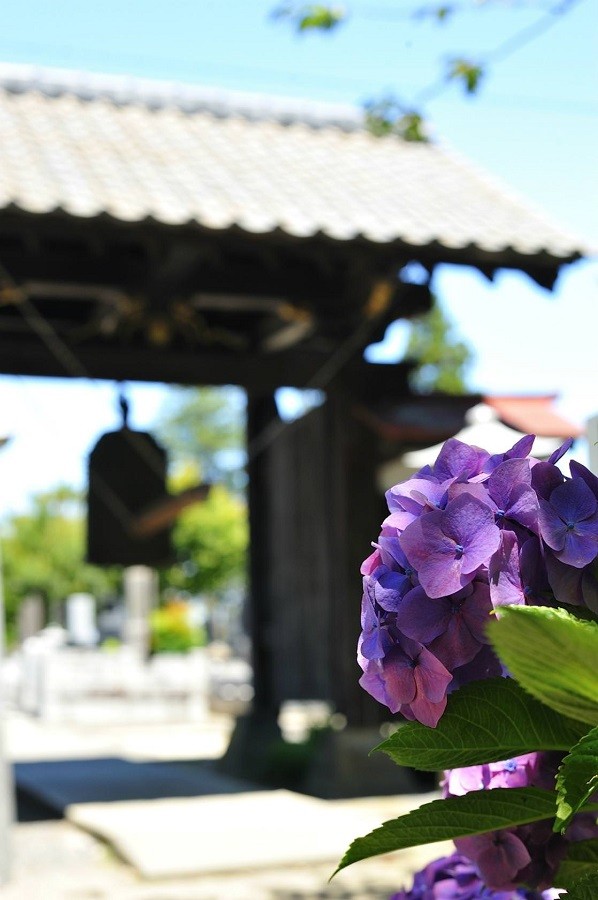
It is said that Tokugawa Mitsukuni loved this garden so much, and named it "Howaen" (保和園). In the early Showa period, it was expanded and maintained by local volunteers, and became an authentic Japanese garden. About 6,000 hydrangeas of about 100 species will reach full bloom early summer. The "Mito Hydrangea Festival" (水戸のあじさいまつり / Mito no Ajisai Matsuri) will also be held during the flower season .
Spot Information
- Spot name: Howaen (保和苑)
- Address: 13-19 Matsumotocho, Mito City, Ibaraki Prefecture
- Hours: Open 24 hours
- Closed: none
- Access: About 15 minutes by bus from JR Mito Station North Exit, get off at "Howaen Iriguchi", then about 4 minutes on foot
Art Tower Mito
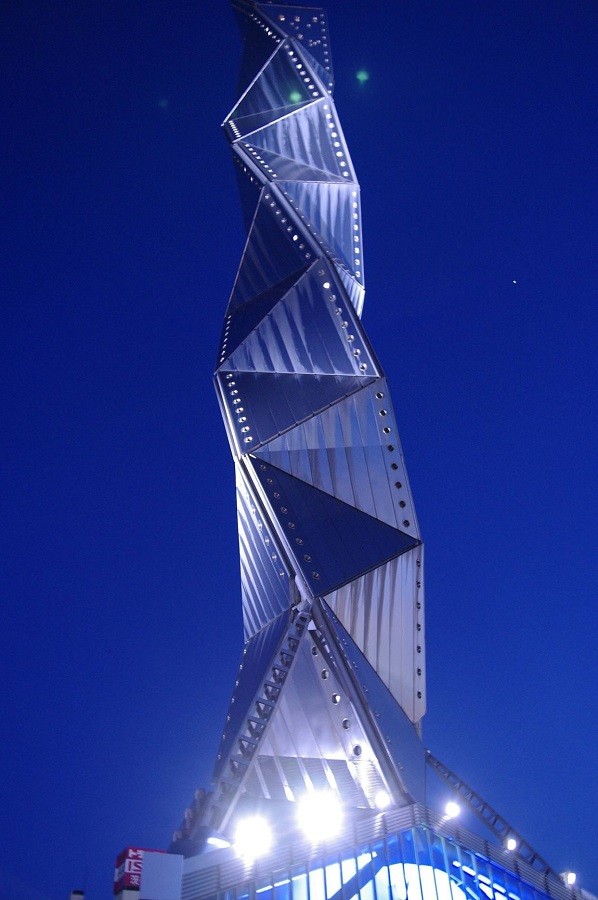
A complex cultural facility that opened in 1990, consisting of an art museum, a concert hall, and a theater. It was built with the then mayor's aim of "making Mito the number one cultural city in Japan". The 100m-tall tower designed by world-famous architect Arata Isozaki is a sight to behold.
Spot Information
- Spot name: Art Tower Mito (水戸芸術館)
- Address: 1-6-8 Goken-cho, Mito City, Ibaraki Prefecture
- Business hours: 09:30 - 18:00
- Closed: Mondays (or the next business day if that Monday is a public holiday), year-end and New Year holidays
- Access: About 10 minutes by bus from the north exit of JR Mito Station, get off at "Izumicho 1-chome", then about 2 minutes on foot
Be sure to try the famous Mito natto if you visit Mito!

Natto has been loved by Japanese people for a long time. Especially famous is the "Mito natto" (水戸納豆) which boasts the largest production volume in Japan. It was born in the Meiji period (1868 - 1912). Seizaemon Sasanuma (笹沼清左右衛門), who was born in Mito and learned that natto was popular in Edo (modern Tokyo), commercialized it using his own method. When it was sold at Mito Station, it then became popular among passengers.
Mito natto's beans are smaller than general ones, making them easier to get entangled in rice and give a different taste than others. Be sure to enjoy Mito natto, which is small, tenacious and rich in flavor if you visit Mito!
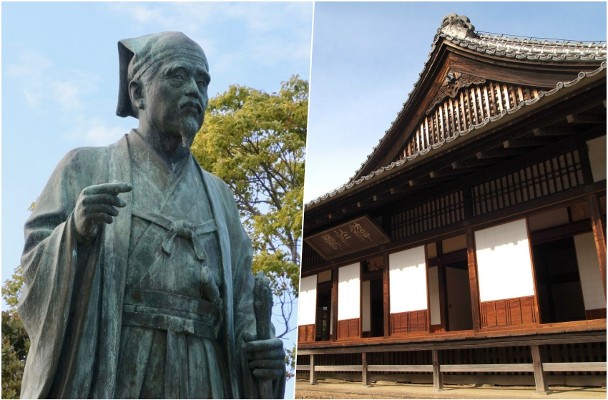
Comments